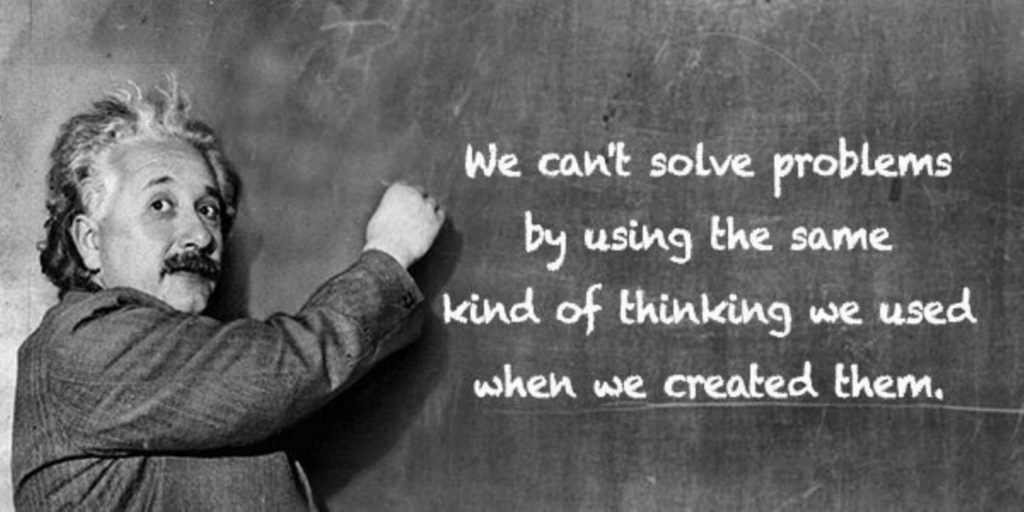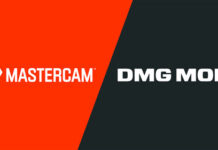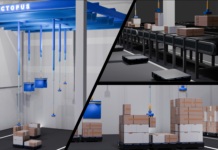 In today’s uncertain times, there is one thing upon which most will agree – everyone is looking for solutions. Let’s take a step back and evaluate.
In today’s uncertain times, there is one thing upon which most will agree – everyone is looking for solutions. Let’s take a step back and evaluate.
Pre-virus, many industries were facing an epidemic shortage of skilled workers – a talent shortage. It’s not that we didn’t have skills or talents. We did (and do) have talented people with plenty of skills, but was your specific industry finding enough people with the specific skills you needed? A “talent shortage” is a people shortage – insufficient qualified candidates to meet the market demand. A “skills gap” refers to the disparity between the skills a worker possesses and those desired by the organization.
“Epidemic” was (and still is) the right word to use when describing America’s talent shortage and skills gap, but we have no monopoly there. A ManpowerGroup report states, “More employers than ever are struggling to fill open jobs — 45% globally say they can’t find the skills they need… the highest in over a decade.” One seasoned trainer stated, our “workforce is changing. It has no foundation to stand on. Back in the day… some had a little bit of hands-on experience; those people have gone away. What we used to expect as common knowledge is no longer there.”
Enter a new “demic”. Epidemic + pandemic. Within weeks our economy fell from its all-time high. We are hurting in ways many have never seen. Locking ourselves in, fear overtook many.
This is not the time to allow paralysis to set in. Some industries have experienced an increase in business. Skills gap solutions will certainly depend upon your current business climate, but perhaps more importantly upon our reactions to it.
Sans crystal ball, I believe America will rebound but with a different landscape when we recover from seclusion. That new landscape brings new solutions. They may not be visible and will require discovery. Look downstream, think proactively, and reflect on what you really need. Some businesses may have to reinvent. Those who have spent their precious time carefully considering their new marketplace will be in a better place tomorrow.
Why Are We Here?
What has contributed to our talent shortage and skills gap? “Candidates lack the necessary hard or soft skills.” (ManpowerGroup)
Sometimes the biggest resistance to training can be from the very people who actually manage the workers directly; they are not forward thinking. “We can’t send our people for training because we’re too busy.” Beyond that dilemma, are the risks of a lack of training being considered? Those risks can be high – equipment damage, downtime, injuries to personnel, worker dissatisfaction, and loss of talent.
The 2019 Global Energy Talent Index (GETI) report had some interesting highlights. Many industries are experiencing “The Great Crew Change” – older workers (Boomers) reaching retirement age and ultimately heading out along with decades of knowledge and experience. As Boomers leave, are replacements getting sufficient training? Are high schools emphasizing the skills you need?
 Solutions
Solutions
Key to the skills gap solution is business’ involvement. The laws of supply and demand apply to the economic market of available skilled workers. If we are not finding enough “qualified” people then it makes sense to qualify the people available. Find “potential”. Leverage it into “qualified”. Are you expecting experts from technical schools? When I entered the world of heavy duty engines, although bringing a technical school certification and two college degrees, I was still overwhelmed. Others’ faith in me and my interest in learning pulled me through.
A manager who has seen many mergers and acquisitions advises, “training can be a tool for retention. Today companies should be (and are) looking for people from high schools, technical schools, or anyone with mechanical aptitude (i.e. without any specific experience) and groom them.”
There is room for every kind of skill in today’s world of work. Provide solutions. Show young people how their skills are transferable: “If you like computers you can use that in association with [fill in your job title here].”
With high percentages of male workers in skilled trades, manufacturing, and construction, organizations will not find it viable to continue that hiring trend. Companies should be trying to attract more women.
Many industries have been suffering from public image problems. First impressions matter, and your industry is no exception. Manufacturing provides the goods we touch and feel as we go about our daily activities with hardly a thought as to their origination. We know this instinctively. How can we inform the public? For long-term success, organizations should think beyond “today”, and consider how impending changes in environmental, social, and government issues may affect their business. It is critically important for every business to train local people about itself. We need to be active in ensuring that our young people, our local schools, and their guidance counsellors promote the industry. Are you in contact with local and state people who are in positions of influence? Have you shared your story with them? Manufacturing and Oil & Gas industries, for example, are becoming more technical every day. These are highly technical and exciting industries that many people outside of those businesses know little to nothing about.
It is imperative that top level management recognize the need to do all they can to bolster the pursuit of talent. B.H. says, it is “incredibly hard … trying to find people. We’re all chasing after the same guys… while at the same time others don’t know how to get in.” “Don’t know how to get in” sounds like an awareness or image problem. Some like Mike Rowe are taking active steps to correct public perception and encourage (and incentivize) new people into the trades. Are we promoting the industry within the local community? When was it you invited your local high school to visit your company? Have they? Are we supporting local tech education institutions with time on advisory boards and hardware to help them interest young students? Manufacturing and Oil & Gas industries, for example, are becoming more technical every day. These are exciting industries that many people outside of those businesses know little about.
 Involvement
Involvement
Involvement of upper management is key to the success of its training program. It changes the view of training from one of “burden and overhead” to a necessary and valuable service and a useful tool for talent retention, marketing, and communication. An industry insider stated to me, “if you have upper management on board with you, it makes all the difference in the world. The best thing that happened to us was that management participated in the classroom training. We have little to no turnover in our company. In order to make employees feel like they’re part of the company, you have to train them – especially in today’s [world] where everybody wants to feel important.”
A recent survey of 17,000 respondents world-wide says two-thirds of survey respondents felt companies should turn their attention internally, retraining existing employees to bridge the current skills gap.
Online Live Training
While sequester orders subside, many people’s fears of social contact have emerged. The timing is perfect for online training solutions. This is a win-win for your own employees and customers.
On-Demand
Think of the vision. If your company could have an online library training material in digestible learning bites available 24/7/365 to anyone with a smart device, would you be interested? This is a perfect solution for improving skills “from the comfort of your home or office”. It is more. It is a tool to be used during the work day (or night) at exactly the time training is most needed. It makes available the captured expertise of those who have “gone before” – from those who have “been there, done that” – and makes it available to those who need it today. Bootcamps Young, prospective new hires today do not relish the idea of dedicating a major part of their lives toward chasing a two-year or four-year degree.
Bootcamps bring more value.
Bootcamps provide shorter overall solutions to help impart initial industry awareness and interest along with skills for new or prospective entry-level employees. Bootcamps generally run a few months in length, combining on-the-job-training (OJT) with classroom instruction. One manager indicates “OJT is necessary but only provides one piece of the big picture puzzle. OJT generally lacks standardization, whereas standardized instruction provides [consistent] results.” A well-designed bootcamp makes this formalized, standardized instruction a reality. To ensure “bad habits” are eliminated at the point of curriculum development, an education company should be consulted to cooperate with experts in the field of expertise.
During these challenging economic times a company’s reputation for the next decade may depend on their treatment of existing workers in the here and now. Train for skills. Train for retention.











































